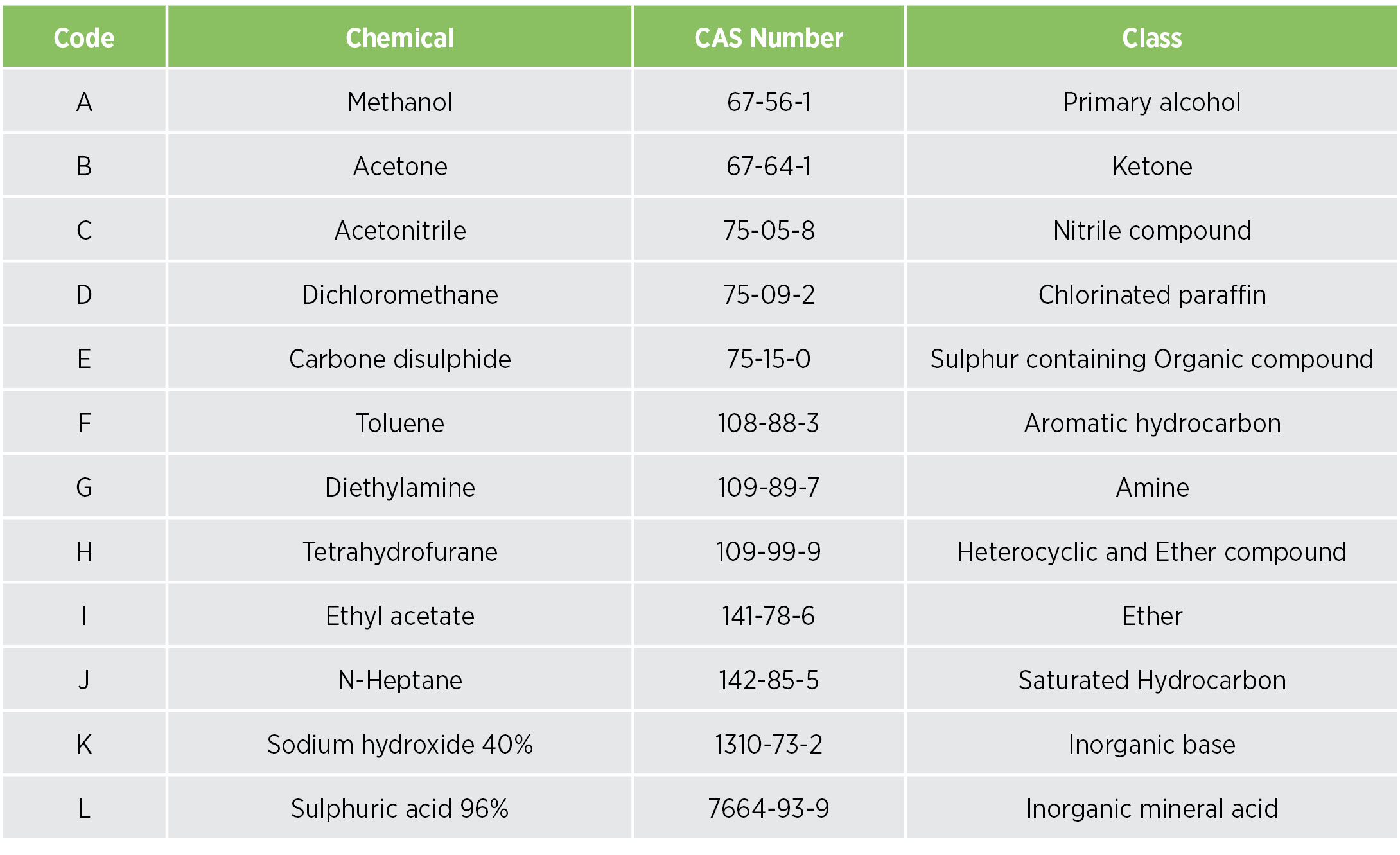STANDARD EN 374:2003
Gloves Giving Protection from Chemicals and Micro Organisms
SCOPE
This standard specifies the capability of gloves to protect the user against chemicals and/or micro-organisms.
DEFINITIONS:
Penetration
The movement of a chemical and/or micro-organism through porous materials, seam, pinholes or other imperfections in a protective glove material at a non-molecular level.
Permeation
The rubber and plastic films in gloves do not always act as barriers to liquids. Sometimes they can act as sponges, soaking up the liquids and holding them against the skin. It is therefore necessary to measure break-through times, or the time taken for the hazardous liquid to come in contact with the skin.
REQUIREMENTS
- The minimum liquid proof section of the glove shall be at least equal to the minimum length of the glove specified in EN 420.
- Penetration: A glove shall not leak when tested to an air and/or water leak test, and shall be tested and inspected in compliance with the Acceptable Quality Level.

The ‘High Chemical resistant’ (EN374-3:2003) glove pictogram must be accompanied by a 3-digit code. This code refers to 3 chemicals (from a list of 12 standard defined chemicals) for which a breakthrough time of at least 30 minutes has been obtained.

Permeation: Each chemical tested is classified in terms of breakthrough time (performance level 0 to 6):

The ‘Low Chemical resistant’ (EN374-1:2003) or ‘Waterproof’ glove pictogram is to be used for those gloves that do not achieve a breakthrough time of at least 30 minutes against at least three chemicals from the defined list, but which comply with the Penetration test.
The ‘Micro-organism’ pictogram is to be used when the glove conforms to at least a performance level 2 for the Penetration test.
Warning: The chemical data information does not necessarily reflect the actual duration in the workplace.

